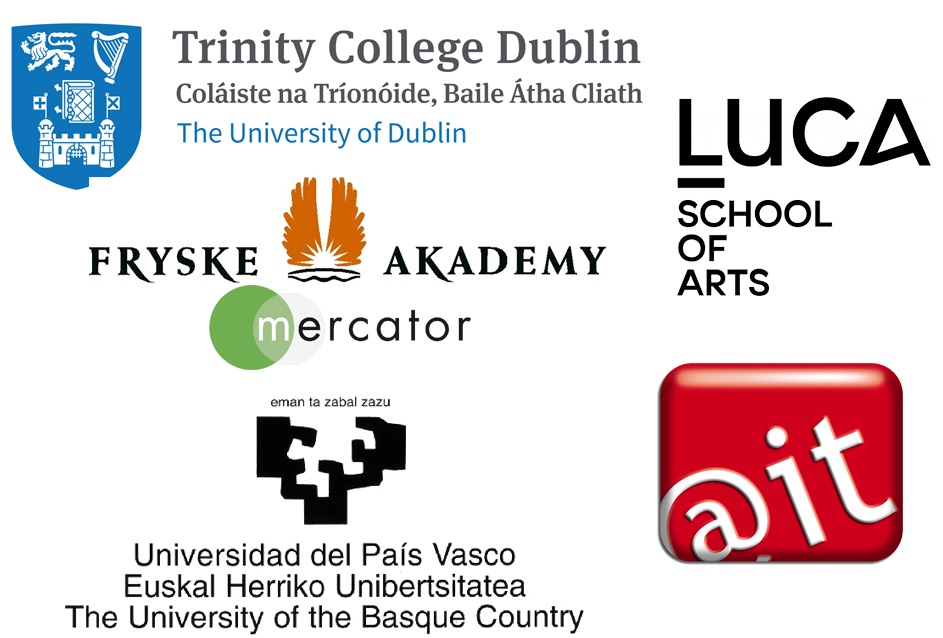Welcome back to the Multilingual Classroom!
15 September, 2021. 15:00-17:00 CEST
This interactive webinar is open to everyone at the start of the new school year who is interested in learning more about teaching in multilingual classrooms. During the webinar we will announce details of the BabelAR challenge which is open to anyone using BabelAR in their teaching. You can (re-)watch “Welcome back to the Multilingual Classroom!” below:
Programme
Moderator: Sally Reynolds, ATiT, Belgium
Welcome to the webinar
Introductions and an overview of project progress by Cor van der Meer, Mercator/Fryske Akademy, The Netherlands on behalf of the European VirtuLApp project consortium.
Teaching in a multilingual classroom – challenge or opportunity?
This session will feature a discussion with several teachers about their experiences of teaching in multilingual classrooms. The moderator will be Prof. Lorna Carson and the (head) teachers taking part include:
- Chelsea Whittaker, TCD,Ireland
- Hannelore Peeters, Belgium
- Idoia Mendizabal, The Basque country
- Maria Luisa Gurrutxaga, The Basque country
- Wendy Dijkstra, The Netherlands
Wendy Dijkstra mentions her research on the effects and processes of the use of multiple languages in primary education. If you are interested in this (Dutch) report, please contact us.
Meet BabelAR
Our AR game which is ready for you to use. During this session led by Wim Forceville & Thomas Meynen from the LUCA School of Arts, Campus Sint-Lucas Gent, Belgium who have developed the game, they will introduce the updated BabelAR game with several new features. During this session we also plan to share experiences from student teachers Dionne Rozeboom and Baukje Cnossen from the Netherlands who have already used BabelAR in the classroom. Finally, Ydwine Scarse will share information about how you can take part in the BabelAR challenge!
Check out VirtuLApp teaching resources.
During this session we will give you a run-down on the different resources that have been created by the project team for teachers which includes video materials and responses to a wide range of Frequently Asked Questions (FAQs)
Open discussion
Final points or questions that have come up during the webinar



